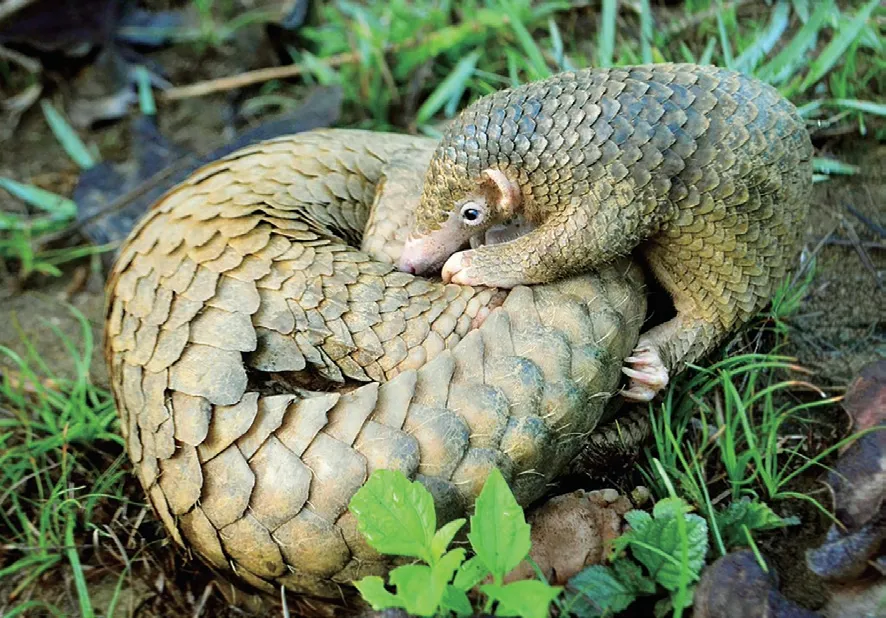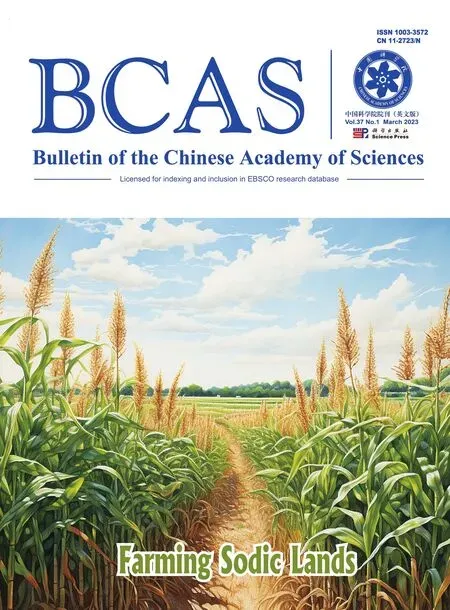New MERS-like Coronavirus Discovered in Pangolins
2023-09-09
A research team jointly led by Dr.SHI Zhengli and Dr.ZHOU Peng from the CAS Wuhan Institute of Virology and their collaborators have discovered a novel MERS-like coronavirus in Malayan pangolins,the world’s most trafficked mammals (doi: 10.1016/j.cell.2023.01.019).

A Philippine Pangolin pup nudges its mother, rolled up in a protective ball.Photographed by Shukran888 (CC BY-SA 4.0) https://commons.wikimedia.org/w/index.php?curid=80616668
The virus, namedManis javanicaHKU4-related coronavirus (MjHKU4r-CoV), was found in 11% of the tested animals by pan-CoV PCR and 12.8% tested seropositive, according to a new study published inCellon February 16.
The MjHKU4r-CoV-1 strain uses human dipeptidyl peptidase-4 (hDPP4) as a receptor and host proteases for cell infection.Notably, the virus has a furin cleavage site –many viruses, including SARS-CoV-2 virus, use furin to process their surface proteins and gain entry into host cells – and binds effectively to hDPP4 and have a broader host range.The study shows that MjHKU4r-CoV-1 is infectious and pathogenic in human airways and intestinal organs and in hDPP4-transgenic mice.
This finding highlights the importance of pangolins as a reservoir host of coronaviruses with the potential to emerge as human diseases.Public safety may be impacted by the potential for zoonotic transmission of bat coronaviruses through pangolins, emphasizing the need for continued monitoring and research into these animals and their role in virus transmission.
杂志排行
Bulletin of the Chinese Academy of Sciences的其它文章
- Unlocking the Secrets of Efficient Syngas Conversion: Researchers Discover Dual Active Sites on Bimetallic Oxide Catalyst
- Stealthy Invaders: How SARS-CoV-2 Evades Our Defenses and Spreads
- A Small Amino Acid, Big Impact: Methionine Restriction in Cancer Therapy
- Crop Switching for Improved Agricultural Sustainability in China
- Bizarre Cretaceous Bird from China Shows Evolutionarily Decoupled Skull and Body
- Genomic Study of Ancient Humans Sheds Light on Human Evolution on the Qinghai-Tibetan Plateau
